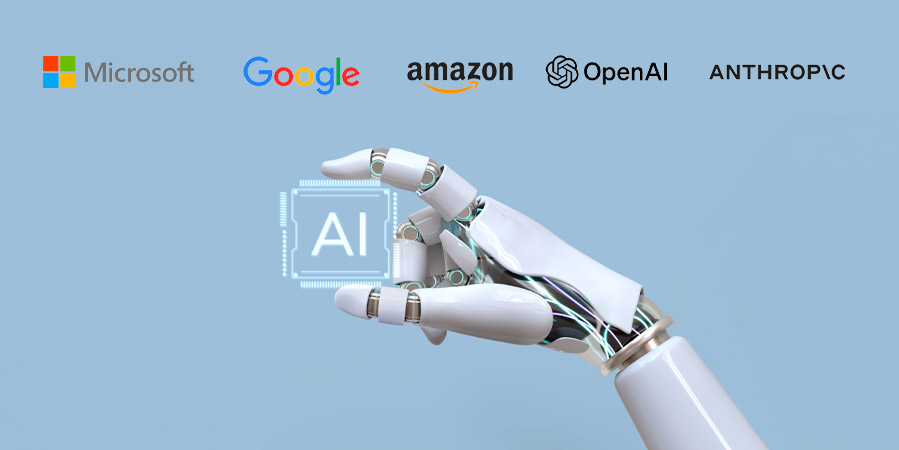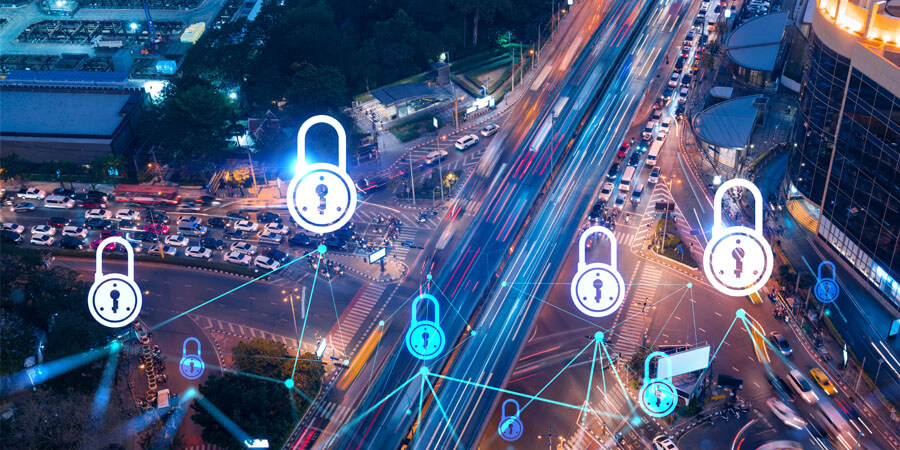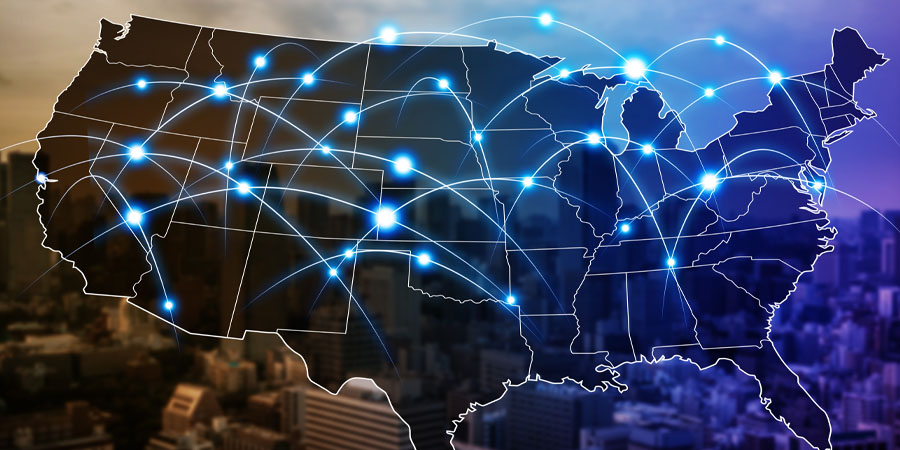In a groundbreaking development for the telecommunications industry, optical network automation is emerging as a pivotal enabler for network operators seeking to maximize optimization, efficiency, reliability, and scale. This comes in response to surges in data traffic from transformative technologies such as AR/VR, AI/ML, and IoT, coupled with the growing trend of more programmable optical networks. However, despite its potential, adoption has been sluggish due to new challenges associated with rising operational expenditures (OPEX).
Reports and Coverage
US Requires AI Developers to Disclose Safety Test Results
The US government has chosen to implement a new regulatory mandate, requiring developers of major AI systems to disclose safety test results to the government. This decision, set for evaluation by the White House AI Council, is a response to an executive order signed by President Joe Biden three months ago, aimed at managing the rapid expansion of AI.
FTC Probes Multi-Billion-Dollar AI Investments and Partnerships
Federal Trade Commission (FTC) issued compulsory orders to major cloud service providers Microsoft, Google and Amazon and generative AI startups OpenAI and Anthropic, requiring them to provide information regarding recent investments and partnerships.
Generative AI Applications to Propel High-Speed Ethernet Switches
In its most recent Data Center Switch Long-Range Forecast Report, Crehan Research predicts that 800 gigabit Ethernet (GbE) switches will see rapid customer adoption and will surpass 20 million ports in annual shipments within four years – equating to the fastest ever data center Ethernet switch speed ramp. An expected key driver of the fast adoption is generative AI, which requires much higher networking bandwidth than other workloads.
Using Loyalty to Adapt to and Succeed in the Digital Economy
By Ari Banerjee, SVP Strategy, Netcracker Technology
BlackRock to Acquire Global Infrastructure Partners
BlackRock, Inc. (NYSE: BLK) and Global Infrastructure Partners (“GIP”), a leading independent infrastructure fund manager, jointly announce that they have entered into an agreement for BlackRock to acquire GIP for total consideration of $3 billion of cash and approximately 12 million shares of BlackRock common stock.
Drivers Would Consider Cars with Less Tech to Safeguard Privacy
Modern vehicles are often dubbed "computers on wheels," enticing consumers with comfort and convenience facilitated by a range of sensors, applications, infotainment systems and other technology features. However, the extensive data collection capabilities of these features and services have triggered privacy concerns.
Alert Levels Rising: Mobile Device Fraud
Lurking in the shadows of this digital revolution is a rising concern – the surge of fraud, particularly on the very devices that have become extensions of our lives. As we approach 2025, a staggering 70% of online transactions are projected to flow through mobile devices. At present, consumer concerns are voiced out against the unseen forces of digital deception.
Countdown to Cutoff: Affordable Connectivity Program Lacks Funding
The Affordable Connectivity Program (ACP), aimed at subsidizing fixed broadband connectivity for low-income households, faces the possibility of termination if Congress doesn't approve additional funding, according to the US Federal Communications Commission (FCC).
Fighting Dig Damage Trends Uphill Battle for Telecom
Telecom work is both causing the most damage and its facilities remain the most damaged when it comes to underground construction, according to the latest data collected by the Common Ground Alliance (CGA). This is a major cause for concern given the rise in fiber deployments over the next five years as projects around the country work to close the digital divide.
















